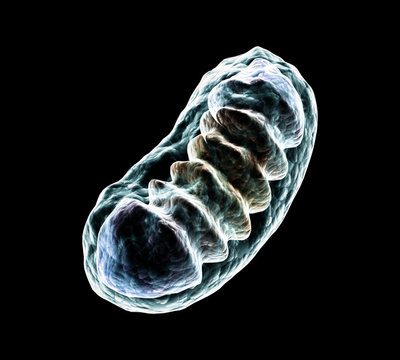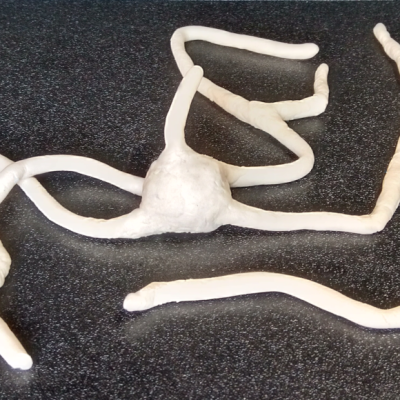A newly discovered species in Lake Constance is helping to reduce the concentration of toxic ammonium ions and secure the drinking water supply in the surrounding area. In the European Union, approximately 36% of drinking water is obtained from surface waters such as lakes. However, the use of fertilizers has led to an increase in the concentration of ammonium ions, which are toxic to many fish and other water organisms and reduce the quality of drinking water for humans. Microorganisms, such as Archaea, can reduce the concentration of ammonium by converting it into nitrate using oxygen. Scientists from the Leibniz Institute DSMZ and the University of Konstanz have conducted genetic analyses of Nitrososphaeria Archaea from Lake Constance to determine if they are involved in the nitrification process. They discovered a previously unknown species, Candidatus Nitrosopumilus limneticus, which plays an essential role in the nitrogen cycle of the lake.
The new species primarily lives at a depth of approximately 85 meters and dominates all other Archaea species in Lake Constance. The researchers found that the ammonium oxidation process is a key process in the nitrogen cycle of the lake, driven by a single freshwater species of Archaea. The population of Candidatus Nitrosopumilus limneticus converts approximately 1,763 tons of ammonium per year, which is equivalent to 11% of the total nitrogen biomass of the illuminated zone of the lake. The microorganisms break down ammonium and make nitrogen accessible to other life forms through the end product nitrate, which is used by plants. The study shows that Archaea play an important role in the nutrient cycle of inland waters.
The researchers also noted that the low diversity of Archaea in Lake Constance raises questions about the resilience of the ecosystem to physical and chemical changes in the lake due to climate change. The discovery of Candidatus Nitrosopumilus limneticus highlights the importance of microorganisms in maintaining the health of freshwater ecosystems and securing the drinking water supply.










